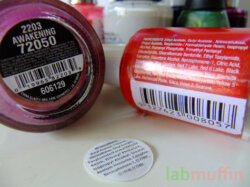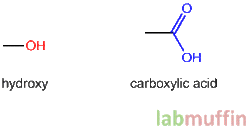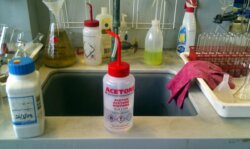Big 3 – Toluene
Second in Lab Muffin’s Big 3 series is toluene. Part 1 – DBP Toluene – TOLL-lew-een – MSDSaka toluol, methylbenzene, phenylmethane Where is it found? Nail polish, permanent markers, paint. Why is it there? Toluene is a solvent – in other words, it dissolves up all the other bits in nail polish so you’re not putting chunky powder across your …






